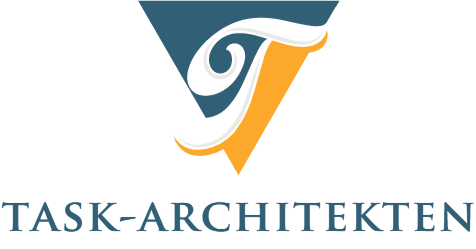Introduction
Copper plating is a process of electroplating copper onto a metal surface. It is widely used for a variety of commercial and industrial applications due to its excellent electrical conductivity, corrosion resistance, and aesthetic appeal. This article will explore the benefits and applications of copper plating in detail.
The Benefits of Copper Plating
Copper plating offers several benefits over other types of plating. Some of the major benefits include:
Excellent Conductivity
Copper is known for its high electrical conductivity, which makes it an ideal choice for a variety of electrical applications. Copper plating ensures that the underlying metal surface is well-protected while maintaining high electrical conductivity.
Corrosion Resistance
Copper plating also provides excellent corrosion resistance, which makes it ideal for use in harsh environments. It prevents the underlying metal surface from rusting or corroding, thus extending the life of the surface.
Aesthetic Appeal
Copper plating also enhances the aesthetic appeal of the metal surface. It provides a shiny, polished, and attractive finish that is perfect for decorative applications.
The Applications of Copper Plating
Copper plating is widely used in various industries and applications. Some of the major applications include:
Electrical and Electronics
Copper plating is widely used for electrical and electronic applications due to its high conductivity. It is used for coating electrical connectors, printed circuit boards, and other electronic components.
Automotive and Aerospace
Copper plating is also used in the automotive and aerospace industries. It is used for coating engine components, fuel lines, and other parts that require excellent corrosion resistance.
Decorative
Copper plating is also used for decorative applications. It is used for coating jewelry, silverware, and other decorative items. It provides an attractive and polished finish that enhances the overall appearance of the item.
Industrial
Copper plating is also widely used in the industrial sector. It is used for coating machinery, tools, and other metal parts that require protection against rust and corrosion.
The Copper Plating Process
The copper plating process involves several steps, which include:
Surface Preparation
The metal surface to be plated is first cleaned and polished to remove any dirt, rust, or corrosion. This ensures that the copper adheres properly to the surface.
Copper Electroplating
The metal surface is then placed in an electrolytic bath containing copper ions. A current is passed through the bath, causing the copper ions to move to the surface of the metal and form a plating layer.
Post-Treatment
After the copper plating is complete, the metal surface is rinsed and dried. Additional post-treatment steps, such as polishing or coating, may be required to achieve the desired finish.

Thuraya Ceiling: The Perfect Blend of Elegance and Functionality
Introduction When it comes to interior design, the ceiling is often overlooked. However, with the advent of innovative ceiling designs, it has now become an essential element of the overall design scheme. One such design that has gained immense popularity in recent years is the Thuraya Ceiling. What is a Thuraya Ceiling? A Thuraya Ceiling […]